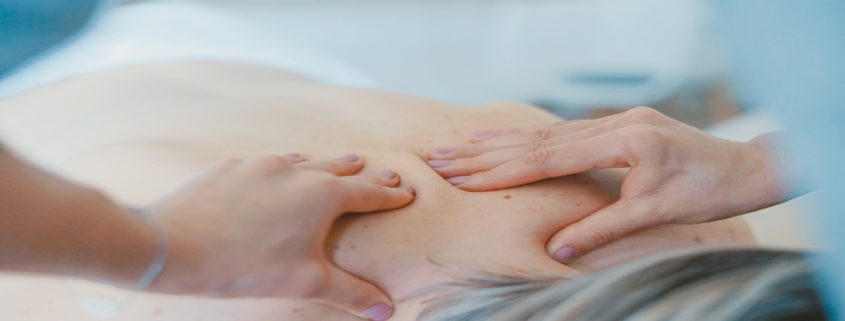What are Muscle Knots?
Anyone who’s ever had shoulder or neck pain is familiar with those knobby lumps you might feel when you rub a sore area, known as “muscle knots.” What exactly are they and does massaging them actually reduce or eliminate them?
Recent research is showing that the myofascial layer has a huge role in chronic muscle pain, including knots. The myofascial layer is the area where the muscle meets the fascia—the very thin, but very strong layer that covers the muscle and keeps it in place. There are a multitude of nerves running through these layers, and it’s the nerves that ultimately cause the pain.
Knots are a chronic ailment and are not caused by sudden trauma or injury to the area. Instead, they are likely a result of muscle overuse or poor posture. Whether you’re regularly active or spend most of your days at a desk, your daily lifestyle is likely contributing to your muscle knots. According to the Mayo Clinic, people who frequently experience stress and anxiety may be more likely to develop trigger points in their muscles. The emotional state of anxiety causes you to routinely clench your muscles, leaving them susceptible to trigger points.
The most common recommendation for chronic muscle soreness is applying deep pressure to the trigger point to release the contraction in the tissue and increase blood flow.
Massaging them can help to break things up or bring some blood flow to the area and perhaps help get it to go away. Getting the correct layer is very important. Trained massage therapists who are skilled at myofascial release are those who have a very good feel for where that myofascial layer is, and know how to release that.
If you suffer from muscle knots, regular massage will not only work out these points of tension, it will help prevent them in the first place.
https://www.mayoclinic.org/diseases-conditions/myofascial-pain-syndrome/symptoms-causes/syc-20375444




Leave a Reply